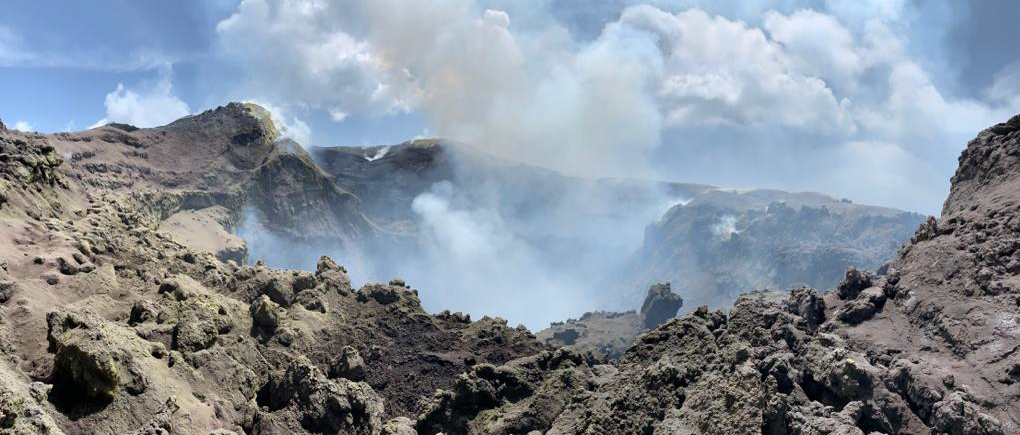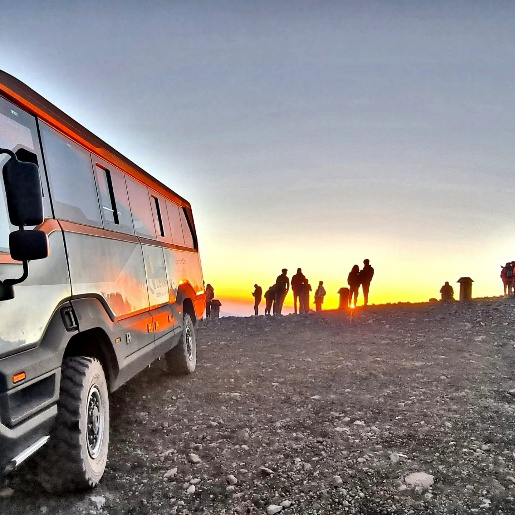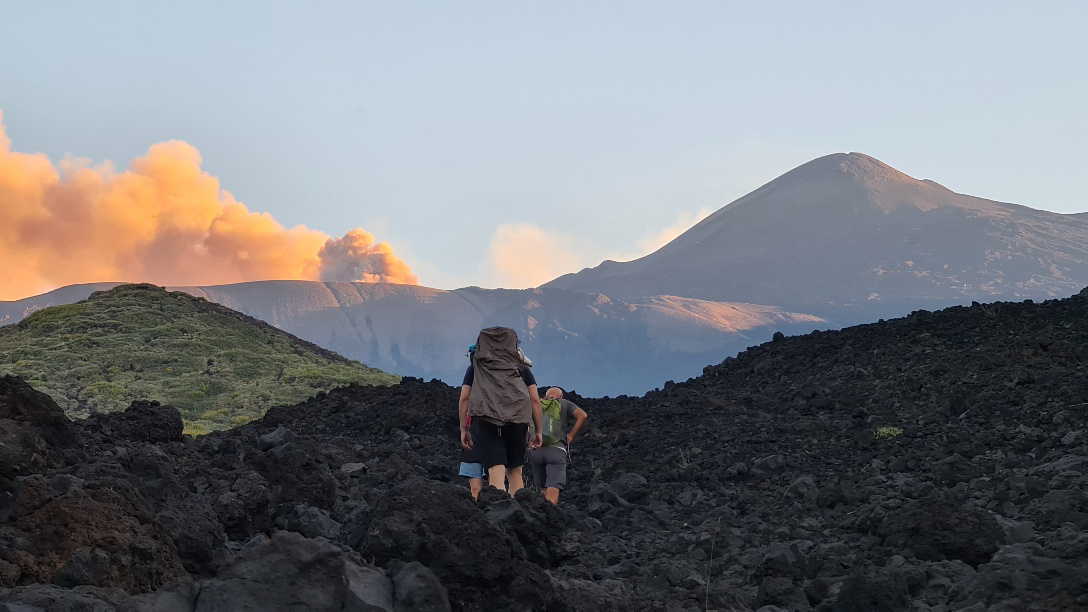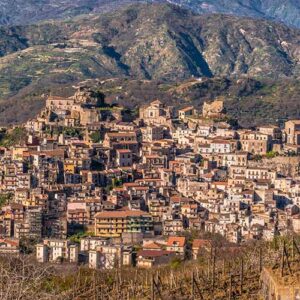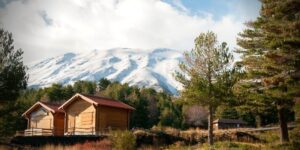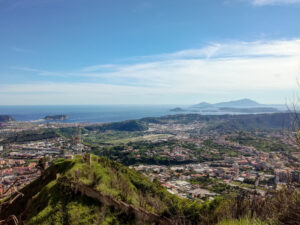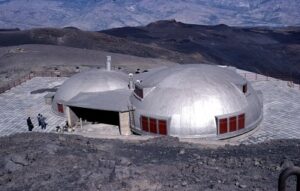Nestled in the heart of Sicily, the Bosco della Ficuzza stands as a testament to the island’s rich natural heritage and historical significance. This expansive forest, one of Sicily’s most important nature reserves, offers visitors a unique blend of ecological diversity, cultural landmarks, and outdoor recreational opportunities. In this comprehensive exploration, we’ll delve into the forest’s history, its natural wonders, and the various attractions that make it a must-visit destination for nature enthusiasts and history buffs alike.
Historical Significance
The Bosco della Ficuzza boasts a fascinating history that dates back centuries. In the early 19th century, the forest area, which included the feudal lands of Ficuzza, Lupo, and Cappelliere, was spared from widespread deforestation due to its rugged, rocky terrain and higher elevation, which made it less suitable for agriculture compared to the surrounding areas. Initially, the forest was primarily used as a source of firewood.The forest’s destiny took a significant turn at the beginning of the 19th century when it was acquired by King Ferdinand I of the Two Sicilies (also known as Ferdinand III of Sicily and later Ferdinand I of the Two Sicilies). The king transformed the area into his personal hunting reserve, a decision that would have far-reaching consequences for the forest’s preservation and development.
The Royal Hunting Lodge
One of the most significant additions to the forest during this period was the construction of the “Casina Reale di caccia” or Royal Hunting Lodge. This architectural gem became the centerpiece around which the small village of Ficuzza, a fraction of Corleone, eventually developed. Today, the Real Casina di Caccia di Ficuzza stands as a testament to the area’s royal heritage and serves as a popular attraction for visitors.
Ecological Importance
The Bosco della Ficuzza is not just historically significant; it’s also a crucial ecological site. The forest is home to a diverse array of flora and fauna, making it a biodiversity hotspot in Sicily.
Flora
The forest boasts a rich variety of plant species, with different types of vegetation thriving at various altitudes. While specific details about the flora are not provided in the search results, it’s common for Mediterranean forests to include species such as holm oaks, cork oaks, and various types of pines.
Fauna
The forest’s importance for wildlife is underscored by the presence of the Centro Regionale Recupero Fauna Selvatica “Ficuzza” (Regional Wildlife Recovery Center “Ficuzza”). This center, managed by LIPU (Italian League for Bird Protection), plays a crucial role in wildlife conservation efforts. It not only provides assistance to wildlife in distress but also houses an educational facility where visitors can view films and slide projections about the reserve.
Geographical Features
The Bosco della Ficuzza is characterized by its diverse landscape, which includes several notable geographical features:
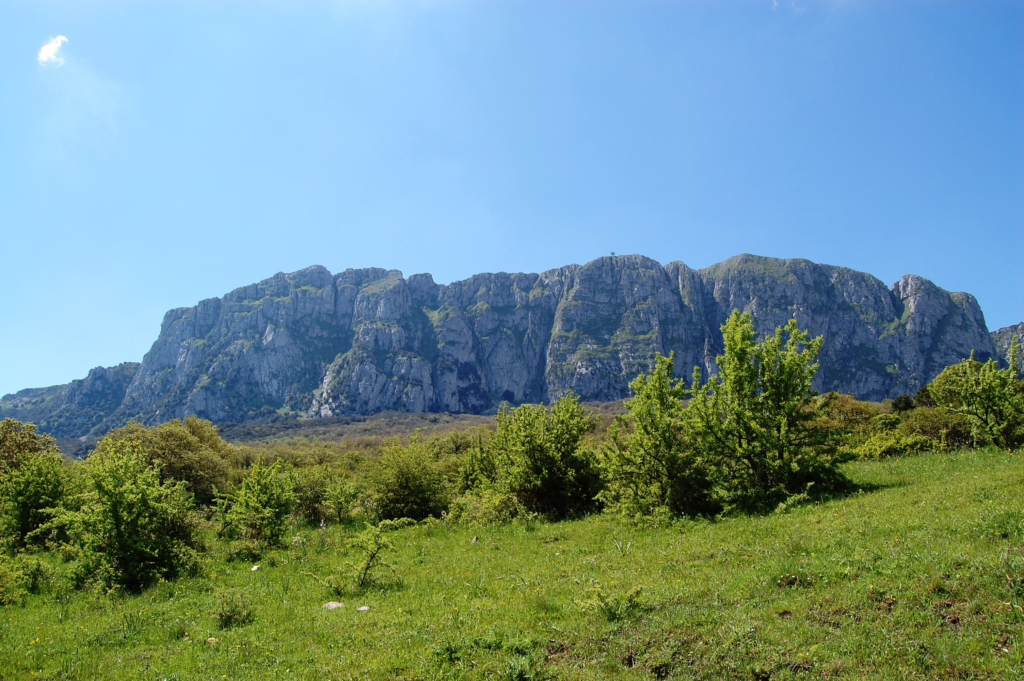
Rocca Busambra
One of the most striking features of the area is Rocca Busambra, a massive rock formation that marks the southern border of the forest. Standing at an impressive altitude of 1,600 meters (5,249 feet), it is the highest peak in western Sicily. The rock face presents a dramatic, steep drop on its northern side facing the forest, creating a breathtaking view.For hiking enthusiasts, Rocca Busambra offers an exciting challenge. The Sicilian Alpine Club has marked a trail on the eastern side, allowing visitors to ascend the rock. However, it’s important to note that while no special climbing skills are required, the hike becomes more challenging around the midpoint. Proper hiking boots are essential, and hiking poles are recommended.
Waterfalls
Another captivating feature of the Bosco della Ficuzza is its waterfalls, which are particularly spectacular during the winter months. These natural water features add to the forest’s scenic beauty and provide excellent photo opportunities for visitors.
Activities and Attractions
The Bosco della Ficuzza offers a wide range of activities and attractions for visitors:
Hiking and Nature Walks
The forest is crisscrossed with well-maintained roads and paths, making it an excellent destination for hiking and nature walks. These trails offer visitors the chance to immerse themselves in the forest’s natural beauty, observe wildlife, and enjoy the fresh air.
Birdwatching
Given the presence of the wildlife recovery center and the forest’s diverse ecosystem, birdwatching is a popular activity in the Bosco della Ficuzza. The variety of habitats within the forest attracts numerous bird species, making it a paradise for ornithology enthusiasts.
Historical Sites
Besides the Royal Hunting Lodge, visitors can explore other historical sites within and around the forest:
- Pulpito del Re (King’s Pulpit)
- Peschiera del Re (King’s Fish Pond)
- The old railway station, now repurposed as a restaurant and event venue
Accommodations
For those wishing to extend their stay, the forest area offers several accommodation options:
- Rifugio Alpe Cucco
- Rifugio Val dei Conti
- Base Scout AGESCI “La Massariotta”
These facilities allow visitors to fully immerse themselves in the forest environment and enjoy multi-day explorations of the area.
Cultural Significance
The Bosco della Ficuzza has become more than just a nature reserve; it has evolved into a cultural landmark that plays host to various events and activities:
Weddings
The picturesque setting of the forest, particularly the Royal Hunting Lodge and the old railway station, has made it a popular venue for weddings. The combination of historical architecture and natural beauty provides a romantic backdrop for ceremonies and celebrations.
Music Events
The old railway station has gained recognition as a venue for jazz music events. This unique setting offers visitors the opportunity to enjoy high-quality musical performances in a stunning natural environment.
Conservation Efforts
The preservation of the Bosco della Ficuzza has been a priority for various administrations over the years. After the unification of Italy in 1860, the area became property of the Kingdom of Italy’s State Property, which sold much of the already deforested and cleared areas to private individuals. However, in 1871, what remained of the former royal reserve was entrusted to the Forestry Administration and declared inalienable.In 1912, the “Ficuzza Forest” along with the “Godrano Forest” became property of the State Company for State Forests. The area faced significant degradation during the First and Second World Wars due to increased timber production for war efforts. However, conservation efforts resumed after the wars.In 1948, the area became the property of the Regional State Forestry Company of Sicily, which undertook reforestation activities. Finally, on July 26, 2000, the area was officially established as the “Bosco della Ficuzza, Rocca Busambra, Bosco del Cappelliere e Gorgo del Drago” nature reserve by decree of the Department of Territory and Environment.
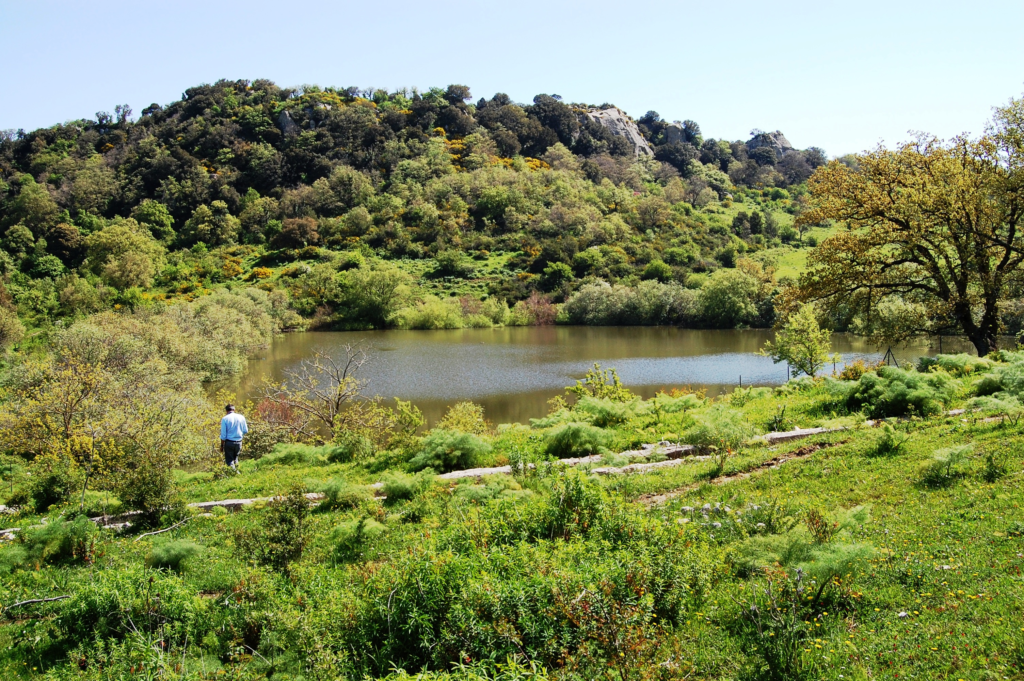
Conclusion
The Bosco della Ficuzza stands as a shining example of Sicily’s natural beauty and historical richness. From its days as a royal hunting ground to its current status as a protected nature reserve, the forest has maintained its allure and ecological importance. Whether you’re interested in hiking, wildlife observation, historical exploration, or simply enjoying the tranquility of nature, the Bosco della Ficuzza offers a unique and enriching experience.As Sicily continues to attract visitors with its well-known coastal areas and ancient ruins, the Bosco della Ficuzza remains a hidden gem, waiting to be discovered by those seeking a deeper connection with the island’s natural heritage. Its blend of ecological diversity, historical significance, and recreational opportunities makes it a must-visit destination for anyone exploring the heart of Sicily.

